Stable Diffusion 3 and Its Predecessors
Stable Diffusion 3 and Its Predecessors
In the rapidly advancing field of generative AI, few innovations have captured the collective imagination quite like the Stable Diffusion series. With the recent release of Stable Diffusion 3, both the tech community and creative industries are abuzz with discussions about its capabilities and improvements. This article dives deep into the latest iteration, comparing it to its predecessors to shed light on just how far this technology has come.
What is Stable Diffusion?
Stable Diffusion is a state-of-the-art image synthesis model developed by Stability AI, which allows users to generate detailed images from textual descriptions. This technology is part of a broader category of models known as diffusion models, which learn to create images by gradually reducing noise. The versatility and accessibility of Stable Diffusion have democratized high-quality digital art generation, making it a favorite among artists, designers, and hobbyists alike.
Key Innovations in Stable Diffusion 3
Stable Diffusion 3 represents a significant leap forward in generative model technology. Here are some of the key advancements:
Enhanced Image Quality and Resolution
The most noticeable improvement in Stable Diffusion 3 is the enhanced quality and resolution of generated images. This version employs refined training techniques and a more robust dataset, which contribute to producing sharper, more detailed images. The ability to generate high-resolution artwork without the loss of thematic elements is a game changer for professionals using these tools for commercial purposes.
Expanded Creative Control
One of the criticisms of earlier versions was the limited control over specific aspects of the image generation process. Stable Diffusion 3 addresses this by introducing more nuanced control mechanisms, allowing users to adjust fine details and influence image styles more effectively. This advancement is crucial for artists and designers who need to align the generated images closely with their creative visions.
Faster Processing Times
Speed is essential in AI-generated art, especially for those who iterate designs rapidly. Stable Diffusion 3 has improved its processing algorithms, making it significantly faster than its predecessors. This reduction in processing time does not compromise image quality, ensuring that efficiency is achieved alongside superior output.
Improved Accessibility and User Interface
Stable Diffusion 3 has made strides in user experience, with a more intuitive interface that caters to both beginners and experienced users. Additionally, the model has been optimized to run on a wider range of hardware, enhancing accessibility for users who do not have access to cutting-edge computing resources.
Comparisons with Previous Versions
While Stable Diffusion 2 was celebrated for its ability to generate photorealistic images based on textual inputs, it often struggled with maintaining consistency in more complex compositions. Stable Diffusion 3 not only retains the photorealism but also excels in handling complex scenarios with multiple elements and varied textures.
Another significant enhancement in version 3 is its reduced tendency to produce artifacts—unwanted glitches or distortions in the image. This improvement is particularly important for professional-quality outputs where clarity and detail are paramount.
The Future Trajectory
The evolution from Stable Diffusion 1 through 3 illustrates a clear trajectory towards more refined, user-friendly, and powerful tools that push the boundaries of creative potential. As we look ahead, the expectations are that future versions will continue to improve in terms of customization, processing efficiency, and the diversity of styles and techniques that can be emulated.
Conclusion
Stable Diffusion 3 is not just an update—it is a significant milestone in the field of AI-generated art. It provides a glimpse into the future where AI and human creativity intersect more seamlessly, opening up a world of possibilities for creative expression. As this technology continues to evolve, it promises to redefine the landscape of digital art, making it more inclusive, accessible, and boundlessly creative. The journey of Stable Diffusion is an exciting saga of innovation that continues to inspire and revolutionize the digital art world.
Bridging the Gap Between AI and Human Creativity
The implications of Stable Diffusion 3 extend beyond technical enhancements; they signify a broader cultural shift towards the integration of AI in creative processes. This technology is not merely a tool for automatic generation but a collaborative partner that enhances human creativity. Artists can experiment with new forms of expression and push the boundaries of traditional art forms by leveraging AI's capabilities to explore unimaginable and uncharted artistic territories.
Ethical Considerations and Responsibilities
With great power comes great responsibility, and the proliferation of AI-driven art technologies like Stable Diffusion 3 raises important ethical questions. The ability to generate photorealistic images from brief text descriptions presents challenges related to copyright, authenticity, and artistic integrity. It's crucial for the community and developers to engage in discussions on the responsible use of AI art tools, ensuring they promote creativity without infringing on rights and norms.
Furthermore, as these models learn from vast datasets scraped from the internet, the risk of perpetuating biases or creating controversial outputs is real. Moving forward, developers must prioritize ethical training methodologies and incorporate mechanisms to filter out harmful biases, ensuring AI art tools are used in a manner that respects cultural and social norms.
The Democratization of Art
Stable Diffusion 3 has significantly democratized the field of digital art. By lowering the barriers to entry, it allows individuals without traditional artistic training to express themselves creatively and participate in digital artistry. This democratization is profoundly impactful, as it diversifies the voices and visions represented in the digital arts sphere. Schools, amateur artists, and small businesses now have access to powerful tools that were once the domain of those with high-end resources, fostering a more inclusive art community.
The Integration of AI in Professional Workflows
For professionals in the creative industries, Stable Diffusion 3 offers a powerful assistant that can speed up workflows, enhance productivity, and provide new ways to tackle creative challenges. From concept art creation in game development to fashion design and architectural visualization, the potential applications are vast. As AI tools continue to integrate seamlessly into professional environments, they redefine roles and tasks, urging professionals to adapt and rethink their creative processes.
Conclusion: The New Era of Co-Creation
The release of Stable Diffusion 3 marks a pivotal moment in the history of AI-generated art, emphasizing a future where technology and human creativity co-evolve. This co-creation opens up a panorama of possibilities that were previously unthinkable, providing both opportunities and challenges that will shape the future of the creative industries. As we continue to navigate this evolving landscape, it is essential that we foster a balanced approach—embracing the possibilities that AI offers while addressing the ethical challenges it presents.
In this new era of digital artistry, the collaboration between human and machine doesn't diminish the artist's role but instead amplifies it, allowing artists to explore new creative dimensions and redefine what it means to be a creator in the 21st century.
Harnessing AI for Educational and Therapeutic Uses
As the capabilities of tools like Stable Diffusion 3 expand, so too do their applications in fields beyond traditional art. In educational settings, AI-generated imagery can provide engaging and immersive learning experiences, bringing abstract concepts to life and aiding in visual learning strategies. For instance, history teachers can recreate historical scenes or artworks to provide students with a vivid understanding of different eras. In science, complex molecular structures or astronomical phenomena can be visualized, enhancing student comprehension and interest.
Furthermore, the therapeutic potential of AI art tools is beginning to be recognized. Art therapy often utilizes the creative process of art-making to improve and enhance the physical, mental, and emotional well-being of individuals. Stable Diffusion 3 can act as a facilitator in this process, helping individuals express their emotions and thoughts through personalized and easily accessible art creation. This can be particularly beneficial in settings where traditional art materials or skills are limited, providing a low-barrier entry to therapeutic expression.
The Future of AI Art: Integration and Innovation
Looking ahead, the integration of AI like Stable Diffusion into more sophisticated augmented and virtual reality environments is on the horizon. This could revolutionize fields such as virtual interior design, where users can generate and interact with custom artwork in a virtual space, or in video game development, where environments can be created or altered dynamically based on narrative needs.
Innovation in AI art is not slowing down, and future versions of Stable Diffusion may include even more advanced features such as better understanding of artistic styles, deeper integration with other AI tools for multimedia creation, and further improvements in user interaction to make these tools more intuitive and collaborative.
Navigating the Challenges Ahead
As we embrace these advancements, the challenges cannot be overlooked. The rapid development of AI technologies often outpaces the guidelines and regulations needed to manage them responsibly. There is a pressing need for comprehensive policies that address the use of AI in creative domains, ensuring that these tools are used ethically and that artists and creators are fairly compensated for their contributions that feed these AI models.
Furthermore, while AI tools democratize art creation, they also raise questions about the devaluation of traditional art skills and the potential for oversaturation of digital art. Balancing the benefits of AI with respect for and preservation of traditional artistic methods will be crucial.
Embracing a Collaborative Future
As we step into this new age of art and technology, the focus should be on collaboration rather than replacement. AI tools like Stable Diffusion 3 should be seen as partners that bring new capabilities to the table, enhancing human creativity rather than competing with it. By fostering a culture of cooperation between AI developers, artists, educators, and policymakers, we can ensure that the future of AI in art is as vibrant and inclusive as the visions it helps us create.
In conclusion, Stable Diffusion 3 not only marks a significant technological milestone but also heralds a new era of artistic and creative exploration. As we navigate this landscape, our challenge will be to harness these powerful tools responsibly, ensuring that they enrich our cultural and artistic experiences while respecting the ethical boundaries and personal contributions of every individual involved. The journey of AI in art is just beginning, and its true potential is only as limited as our imagination.
The Role of AI in Cultural Preservation and Creation
As we continue to delve deeper into the capabilities of AI like Stable Diffusion 3, another profound aspect emerges: its role in cultural preservation and creation. AI can play a crucial role in digitizing and restoring historical artifacts and artworks, potentially reconstructing lost or damaged cultural heritage with a level of detail that human efforts alone could not achieve. This not only preserves history for future generations but also makes it more accessible globally, allowing people from all corners of the world to experience and learn from diverse cultural legacies.
Moreover, AI can facilitate the creation of new cultural expressions by merging diverse artistic styles and elements from different cultures, fostering a global artistic dialogue. This can lead to a richer, more diverse cultural landscape that celebrates both difference and unity, providing a mirror to our interconnected world.
Expanding the Creative Economy
Stable Diffusion 3 and similar tools also have significant economic implications. They can generate new revenue streams and business models within the creative economy. For example, graphic designers, illustrators, and digital artists can leverage these tools to increase productivity and explore new creative avenues, potentially leading to new forms of digital content and entertainment.
Additionally, AI-generated art can create opportunities for micro-entrepreneurship. Artists and creatives with limited resources can use these tools to produce high-quality work and enter markets that were previously inaccessible to them. This could democratize the ability to generate income from creative work, reducing barriers and fostering a more inclusive creative economy.
Ethical Art Creation in the Age of AI
As the power of AI continues to expand, the ethical implications of its use in creative processes become increasingly important to address. It is vital to ensure that AI tools like Stable Diffusion 3 are used in ways that respect the rights and livelihoods of human artists. This includes addressing concerns around copyright and the potential for AI to create works that are indistinguishable from those made by humans.
To navigate these challenges, there needs to be a collaborative effort between technologists, legal experts, artists, and cultural theorists to develop frameworks that govern the use of AI in art. These frameworks should not only protect intellectual property rights but also encourage ethical practices that promote sustainability and fairness in the creative sector.
Future Visions: AI as a Creative Co-Pilot
Looking forward, the integration of AI with human creativity is poised to redefine the boundaries of what is possible in art and design. AI like Stable Diffusion 3 could become a creative co-pilot, assisting artists in the ideation and execution phases of creative work, offering suggestions and alternatives that enrich the creative process.
This partnership could evolve into more interactive and intuitive systems where AI not only responds to artists' commands but also anticipates their needs and learns from their preferences, effectively becoming an extension of the artist’s own creative intuition.
Conclusion: A New Renaissance of Creativity
The development and adoption of AI technologies like Stable Diffusion 3 herald a new renaissance of creativity, characterized by unprecedented collaborative potential between humans and machines. This era promises to blend the best of human creativity with the capabilities of AI, leading to a future where artistic expression is limitless and universally accessible.
As we embrace this future, our success will depend on our ability to balance innovation with responsibility, ensuring that as we push the boundaries of what AI can achieve, we remain anchored by the values that define us as a society. This balance will not only safeguard the integrity of the creative industries but also ensure that AI serves as a force for good, enhancing human creativity and enriching our cultural landscape.
Your thoughts? Let me know here…
or message me on Reddit @BlackRose104ib



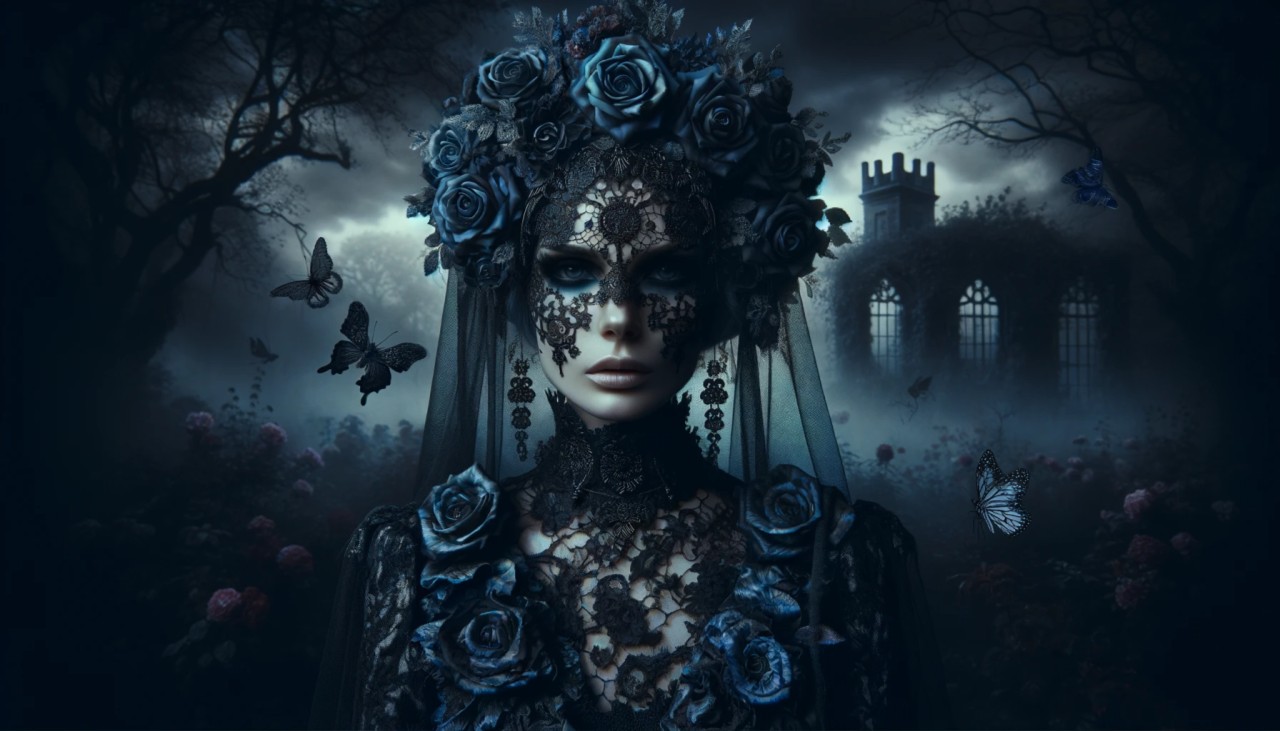
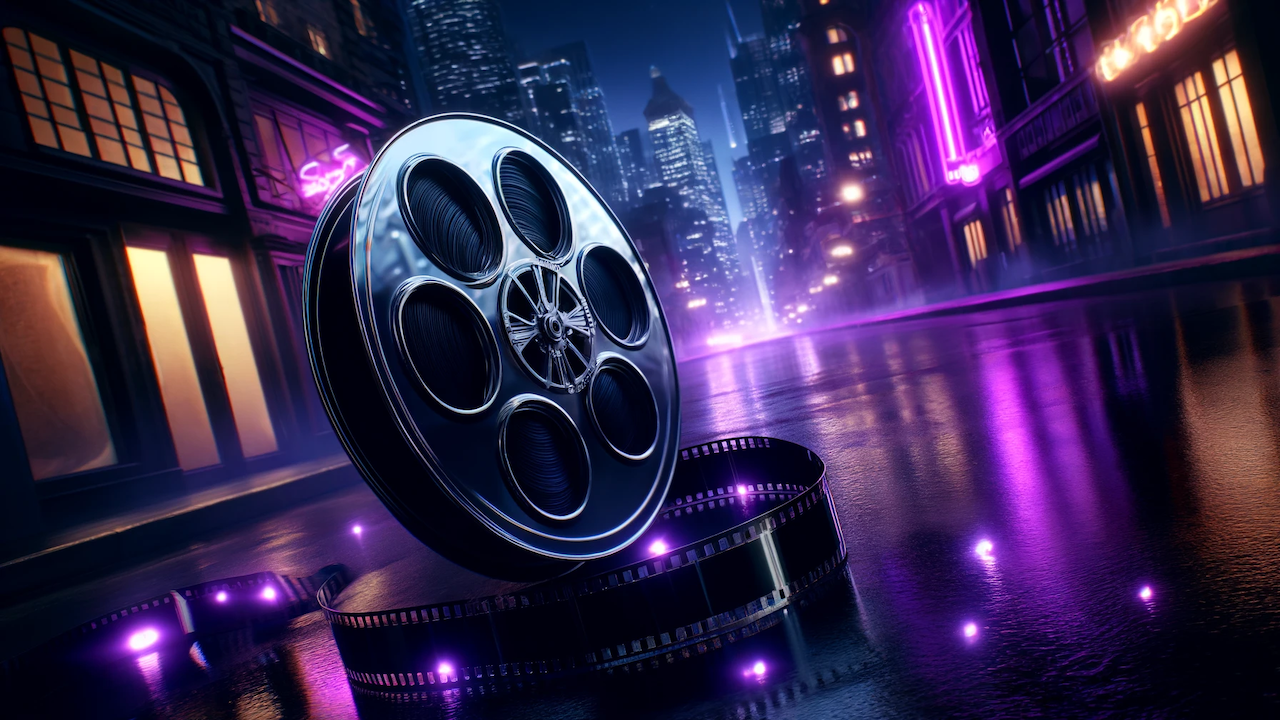
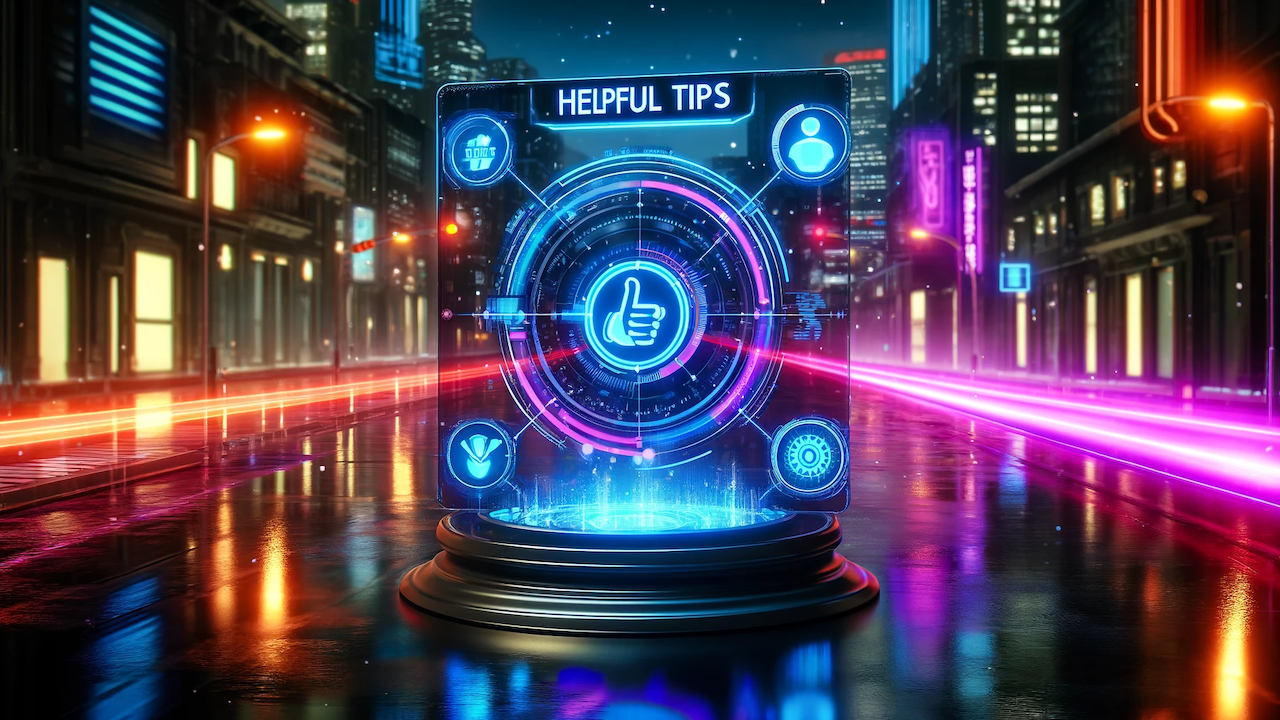
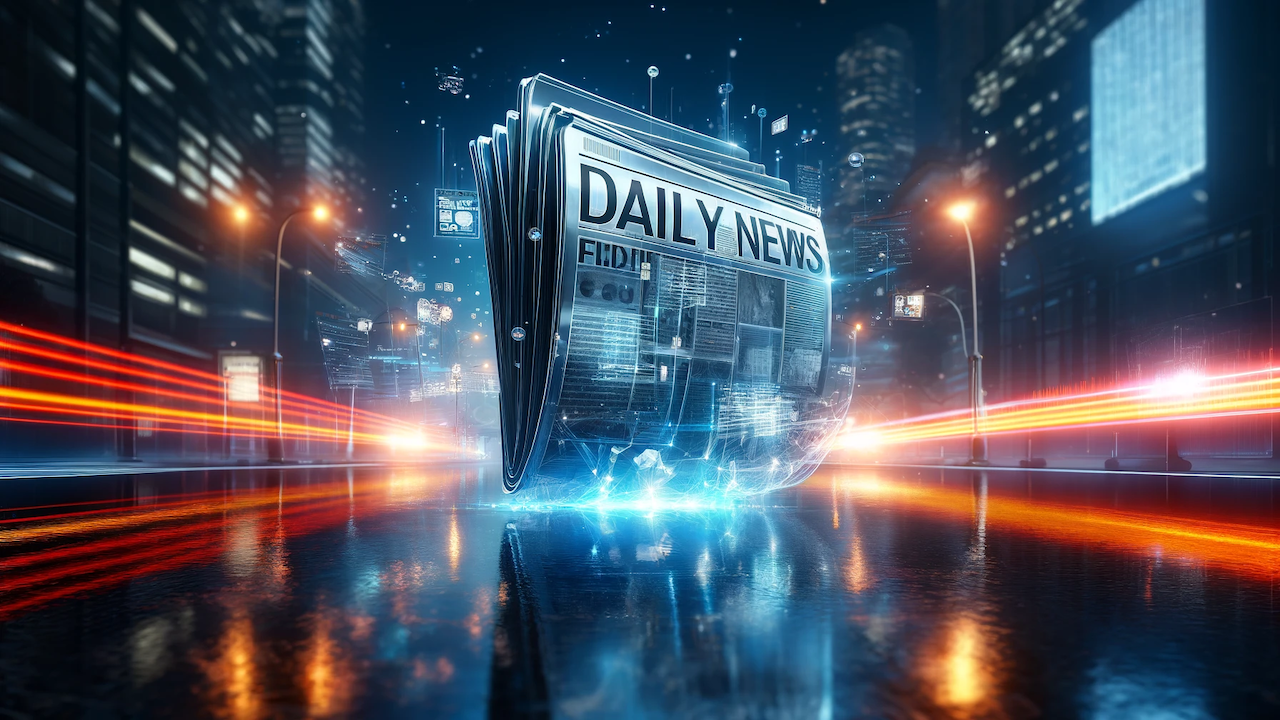
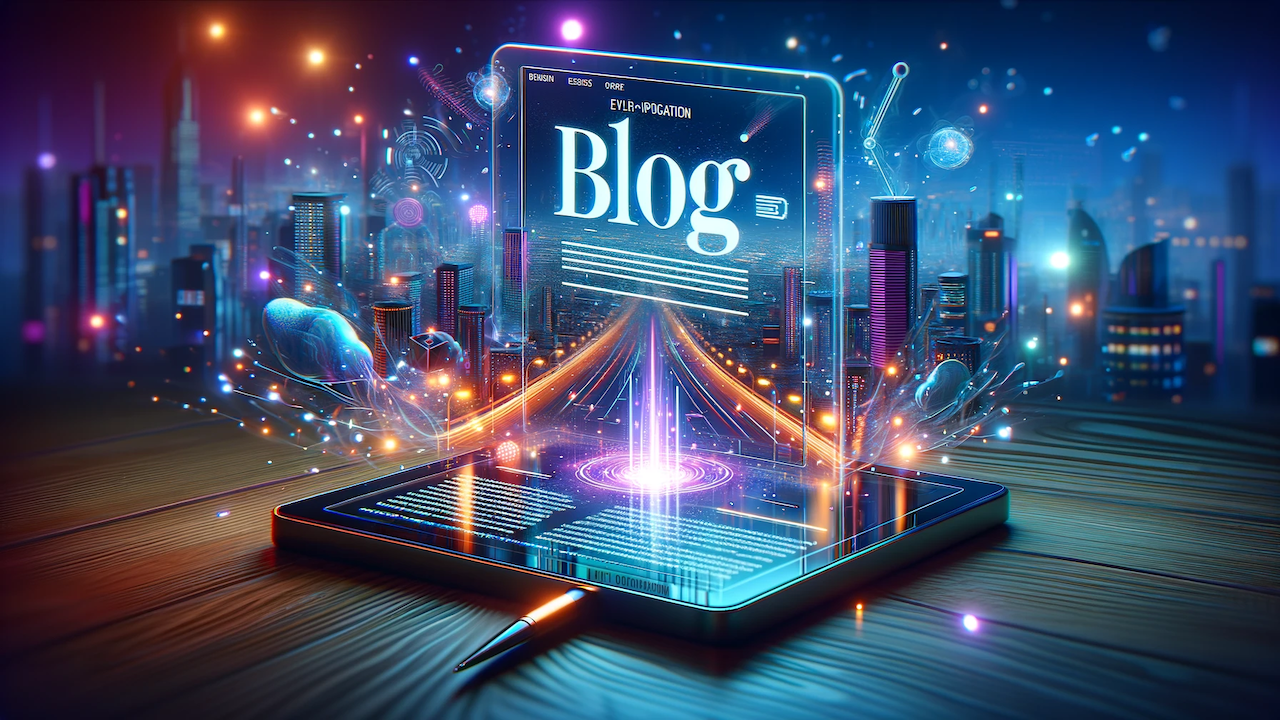
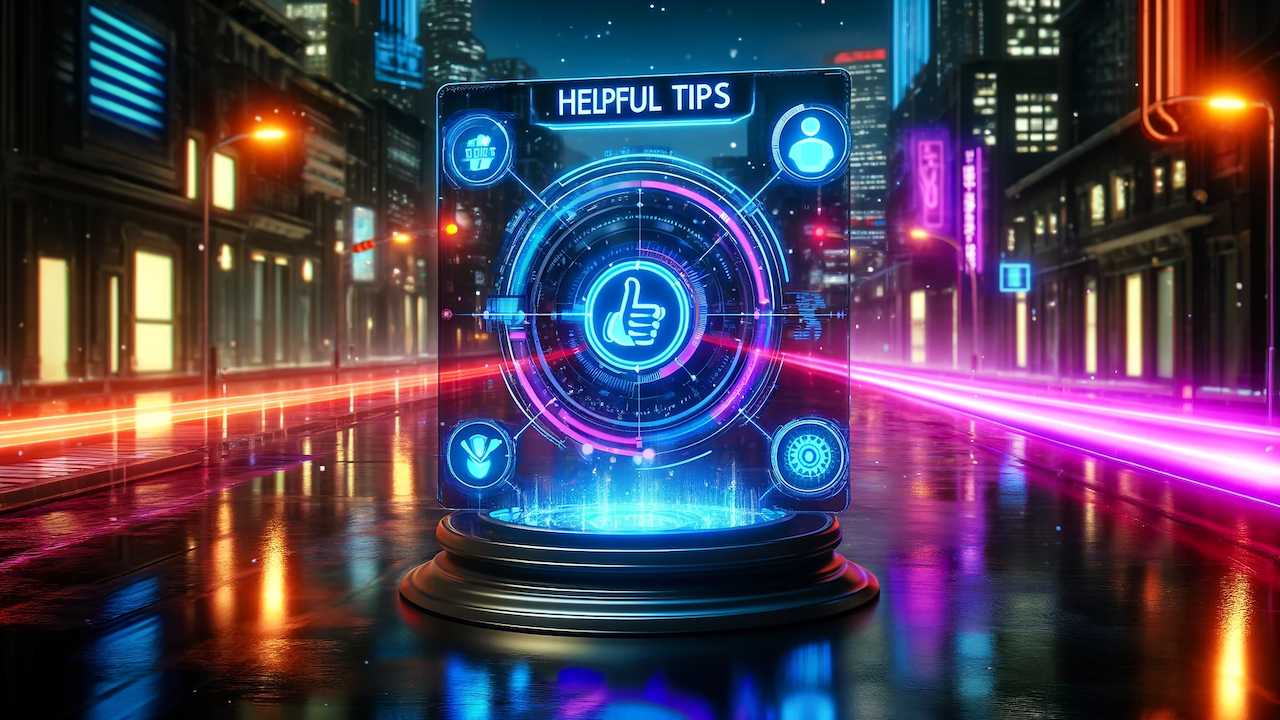
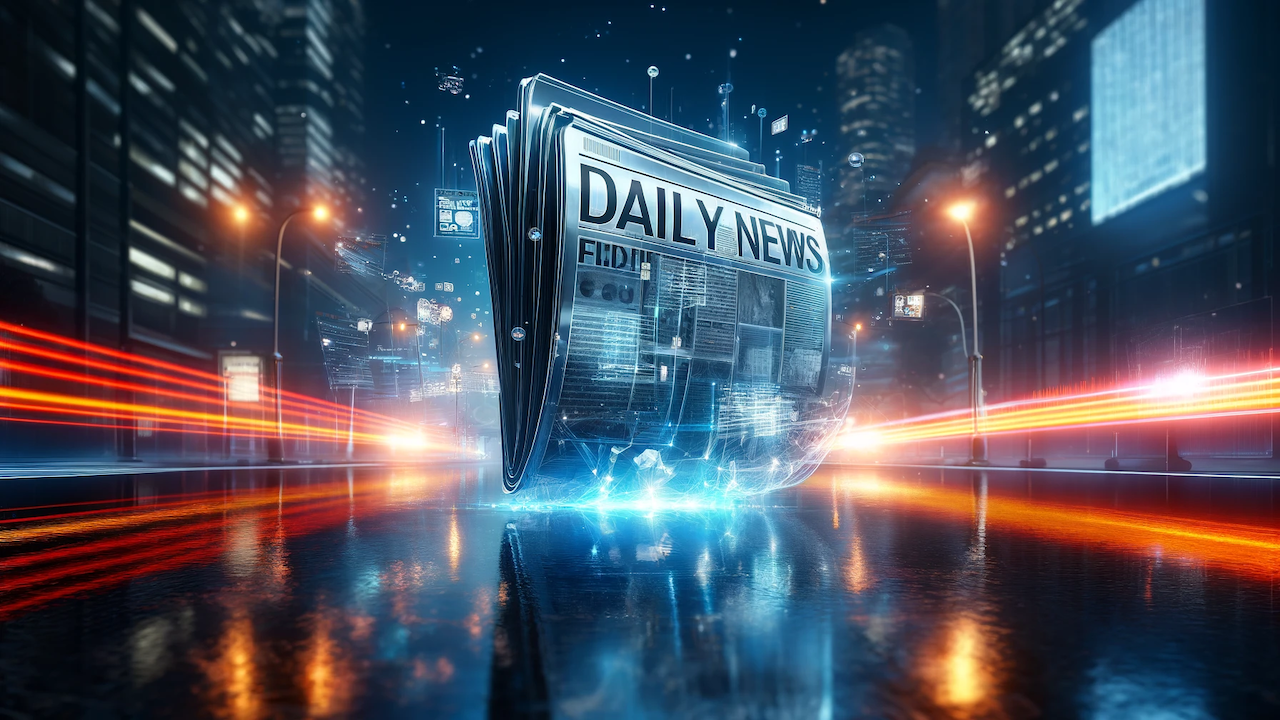
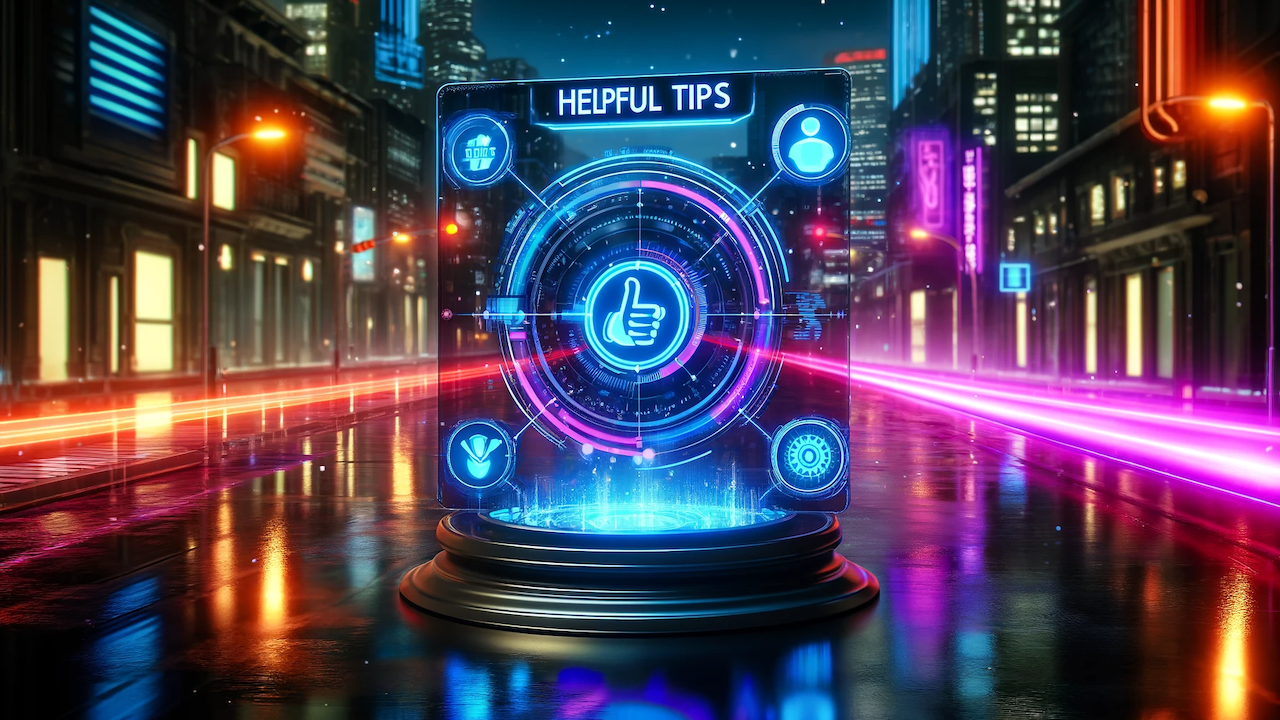
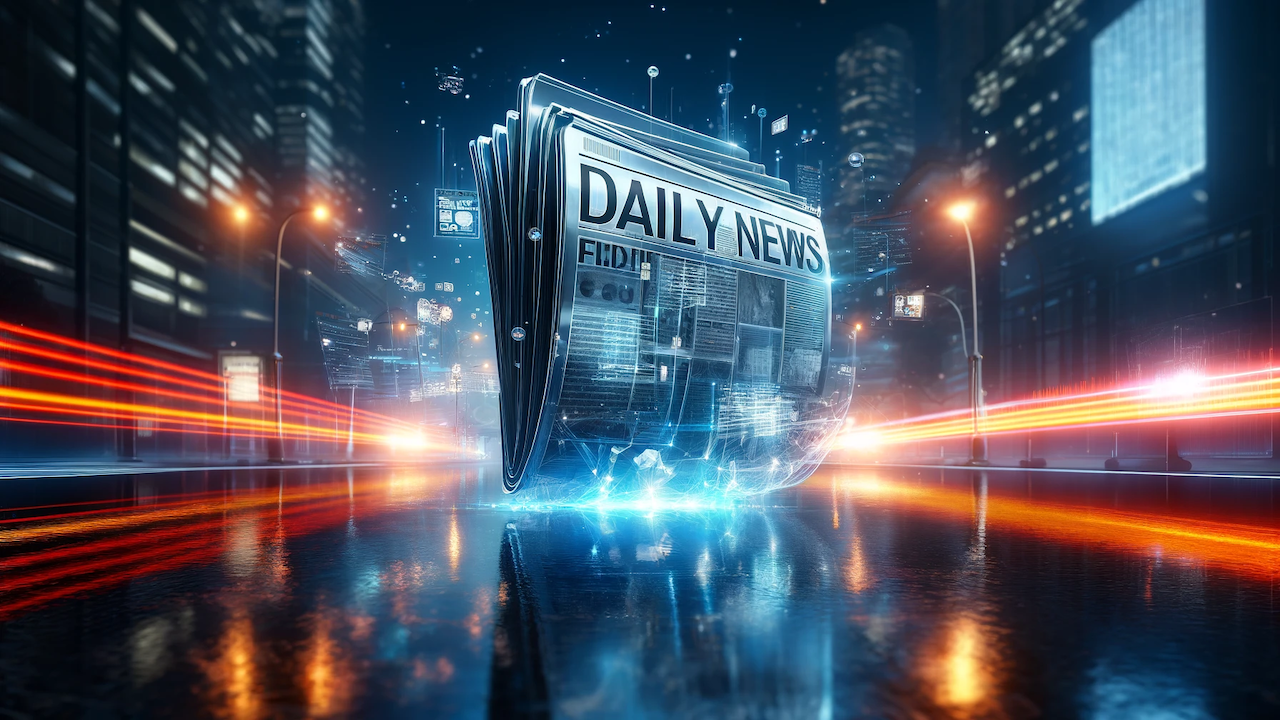
Comments (0)
No comments found